Data that is relevant from a liturgical perspective is given here. Namely: origin, genre and age, as in the catalogue, separating the first two only with a comma and a space (e.g. Mainz, Pontifical, 1167–1183). This line of data appears beside each chapter of a given source (it is repeated in each line of the table) because if the material is arranged according to labels (as it will be explained later), the data listed one below the other will be representing different sources.
This indicates the page number of the digital copy in pdf format and the folio numbers of the original source (if there are any). The former is always three digits in Arabic numbers (e.g. 001, 010, 100, etc. so that the order would not be changed in the course of an automatic listing by the computer). Three digits seems sufficient as a source with more than 999 pages is yet to be encountered. There is never a period after the numbers. This is then followed—after a space and in parenthesis—by the original numbering with Arabic numbers (this time without 0 or 00) with due reference to recto and verso (r/v). If the original source is numbered not by folios but according to pages, naturally, the r/v indications are omitted. The page numbers are always given as they are in the original source, even if they are imprecise or incorrect. If there is no original page numbering, the index also omits it, but if it is only missing from a given page, (while it is indicated on other pages), its absence is signalled with a question mark (?).
This is the Latin title of the Ordos, chapters and rites in the very form in which they can be found in the original sources. The titles are italicised and transcribed with standardised modern spelling but without interpunctuation. When it comes to several short items within a list, such as e.g. the blessings of utensils, vestments and victuals, it is sufficient to give the title of the first item.
This is a conventional English word or expression which helps us find and organise those liturgical actions that belong together but are classified under different titles. This labelling is based on comprehensive but diverse categories which provide an authentic description of the content of Pontificals and Rituals, and which are neither to broad, nor too narrow for the researcher who tries to analyse many sources at the same time. If the same Ordo is featured several times or in several instalments within a single source, it could receive the same label more than once. If, however, an Ordo can receive several labels (e.g. the Easter blessings of food, from the perspective of the liturgical year, belong to Easter, while based on sacramental action, they are classified among the blessing of victuals), the item is registered twice with the same page numbers and the original title, but with different titles. For this reason there can be only one label in one cell. Wherever the sources contain details that cannot be classified within this system, the label will simply be ‘other’. The standard terminology used for labelling can be grouped together as follows:
- The extraordinary Ordos of the ecclesiastical year: Ash Wednesday, Candlemas, Easter Sunday, Good Friday, Holy Saturday, Maundy Thursday, Palm Sunday, Vigil of Whitsun. In labelling, traditional English terminology is preferred over the expressions based on the original Latin (e.g. Candlemas and not Purification). The labels referring to the liturgical year always stand at the beginning, irrespective of how many Ordos belong to them (this could often come up, for instance, in connection with Maundy Thursday). In creating labels, the length of the Ordos does not have any significance, therefore, one single item is enough for a reference to be made to a given day, provided that the item definitely belongs to it.
- The administration of Sacraments according to the Scholastic synthesis, and its alternative versions: baptismal initiation (scrutinies and preparations for Baptism during Lent, even if the sources include them in separate instalments), Baptism, bishop (consecration), clinical Baptism, Confirmation, exodiastic rites (illness, visiting the sick, Extreme Unction, agony, death, burial), exorcism (in case of real possessed and not before Baptism) heretic/pagan (their reconciliation), ordinations (from tonsure to priesthood), private penance, public penance (especially in connection with Ash Wednesday and Maundy Thursday), Matrimony (announcements, wedding ceremony, nuptial Mass, blessing of the nuptial dwelling, introduction of the new wife).
- The non-sacramental blessing and consecration of persons: abbess, abbot, emperor, empress, king, monk, nun (we include in this category the blessing of the so-called ‘inclusa’), pilgrimage (sometimes it is mentioned as a blessing of pilgrims or of the staff and haversack; all rites connected to crusades also belong to this category), pope, queen, secular dignitaries (princes, dukes, counts), tonsure (independently of ordinations), virgin, widow. For the sake of simplicity and transparency, the labels do not contain the following expressions: ‘blessing, consecration, dedication’ etc., they only name the object of these sacramentals.
- The benediction and dedication of objects, propitiatory and apotropaic rites: altar (portable ones as well), bad weather (against tempest, lightening, draught etc.), banner (flag or other military banner), baptistery, bell, borders, cemetery, church, cross, fire (outside of Candlemas and Holy Week), foundation stone, house, incense (outside of Holy Saturday) major blessing of water, minor blessing of water, oil (outside of Maundy Thursday), paten and chalice, processions (rogation days: minor and major litanies), reconciliation of violated churches, ship, statue/painting, tabernacle, utensils, vestments, victuals (bread, wine, etc.), well (if not the baptismal well), ordeals.
- Rites of church governance: degradation and restitution, excommunication and reconciliation, synod/council, travel/visitation/reception.
- Ordos connected to the Mass: Benedictional (in a given case an entire book could be under a single title), Mass ordinary, preparation and vesting for Mass, selected Mass propers.
- abbess
- abbot
- altar
- Ash Wednesday
- bad weather
- banner
- baptism
- baptismal initiation
- baptistery
- bell
- Benedictional
- bishop
- borders
- Candlemas
- cemetery
- chrism mass
- church
- clinical baptism
- confirmation
- cross
- degradation and restitution
- Easter Sunday
- emperor
- empress
- excommunication and reconciliation
- exodiastic rites
- exorcism
- fire
- foundation stone
- Good Friday
- heretic/pagan
- Holy Saturday
- house
- incense
- king
- major blessing of waters
- mass ordinary
- Maundy Thursday
- minor blessing of waters
- monk
- nun
- oil
- ordeals
- ordinations
- other
- Palm Sunday
- paten and chalice
- pilgrimage
- pope
- preparation and dressing for mass
- private penance
- processions
- public penance
- queen
- reconciliation of penitents
- reconciliation of violated church
- secular dignitaries
- selected mass propers
- ship
- statue/painting
- synod/council
- tabernacle
- tonsure
- travel/visitation/reception
- utensils
- vestments
- victuals
- Vigil of Whitsun
- virgin
- washing of feet
- well
- widow


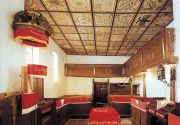







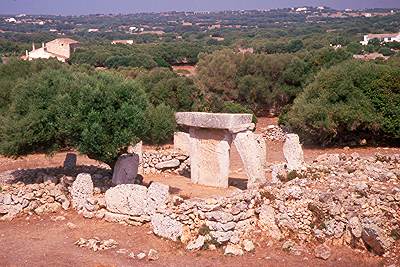

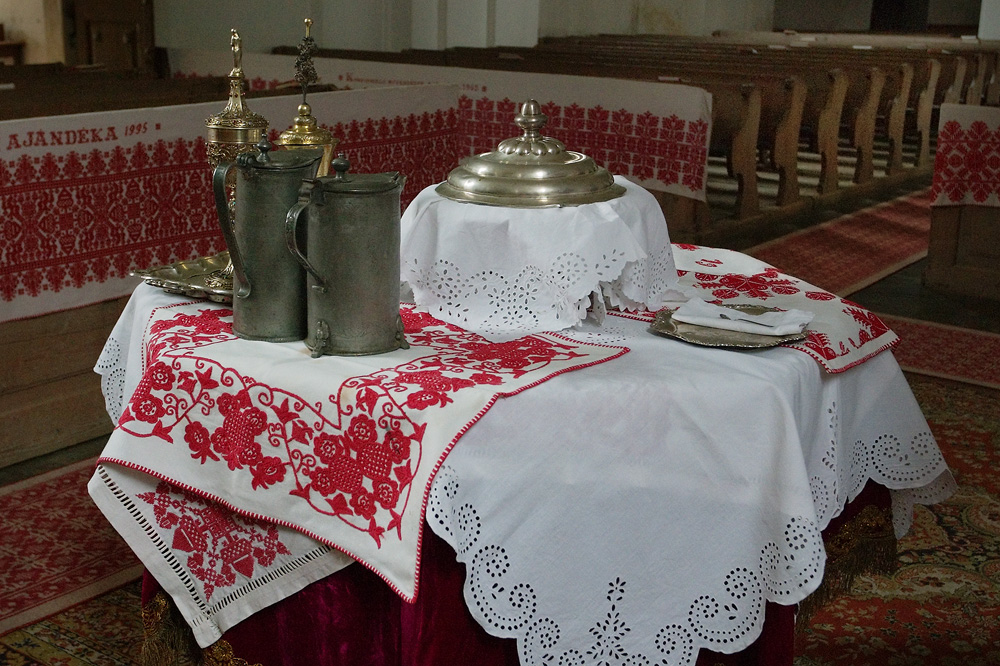
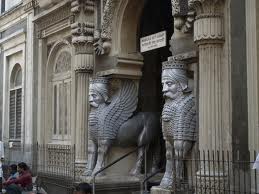
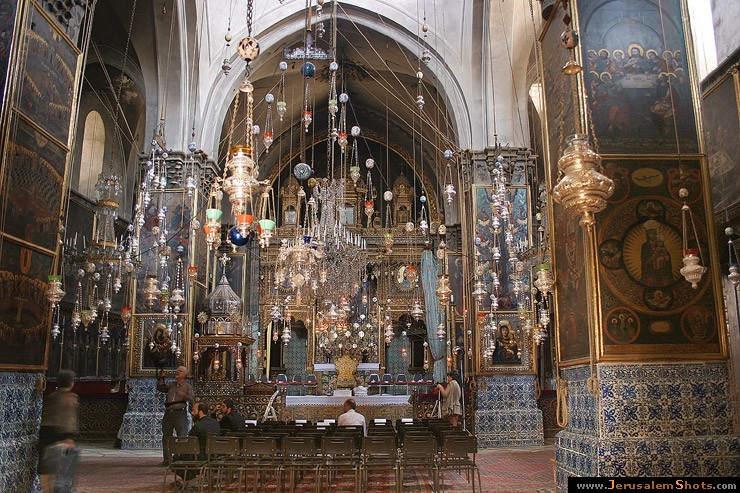
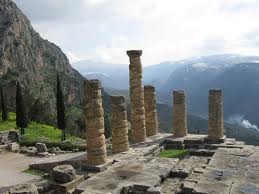
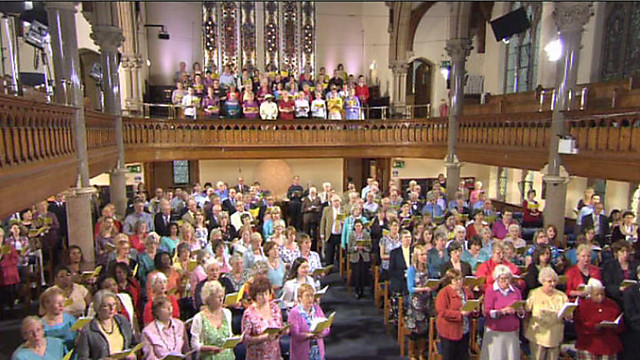



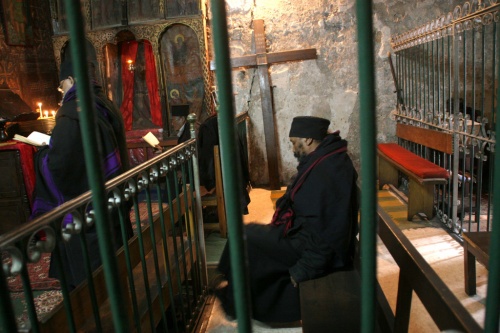


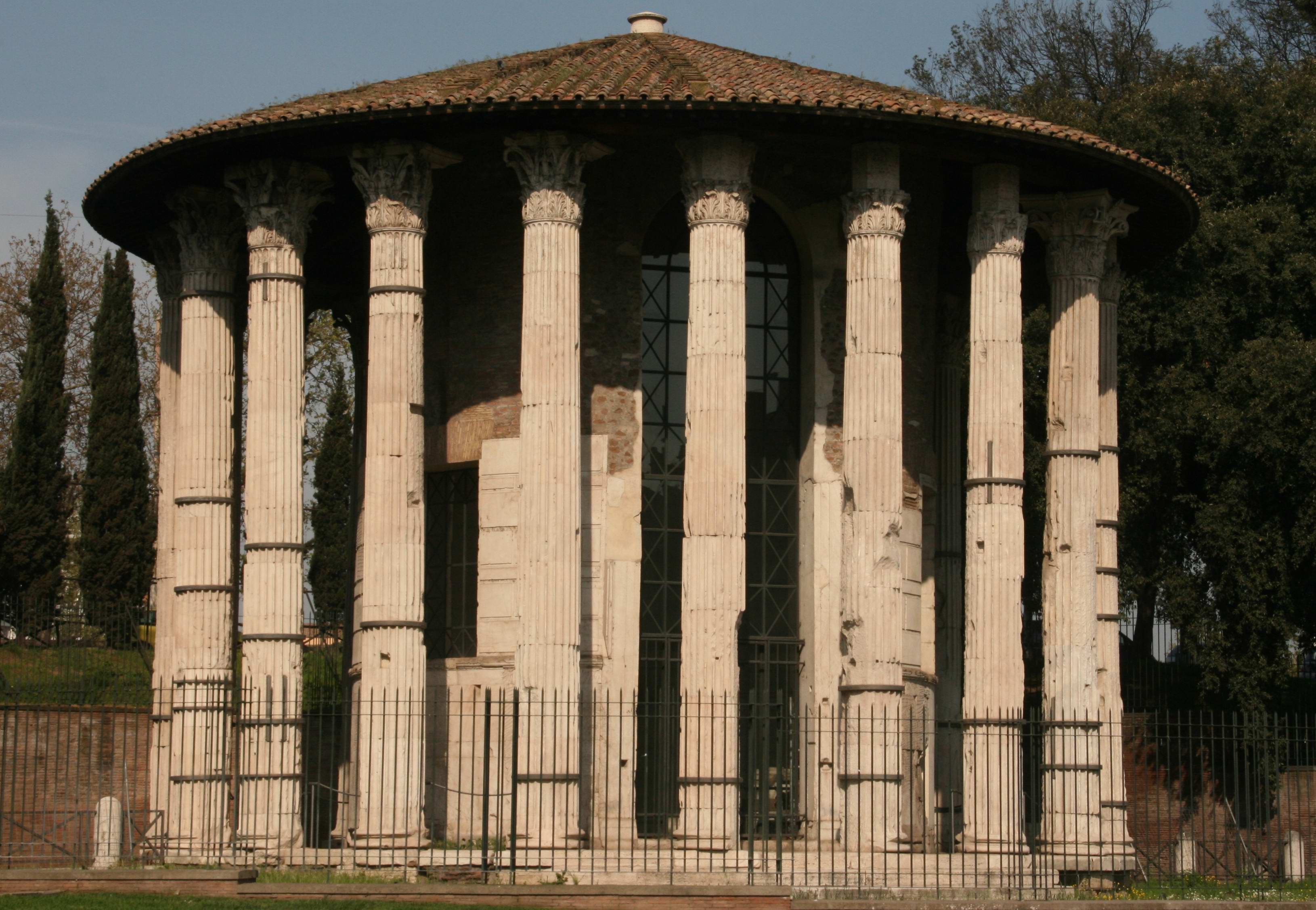

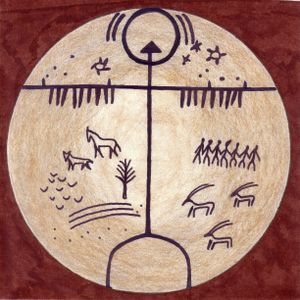




Új hozzászólás